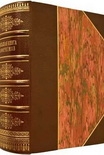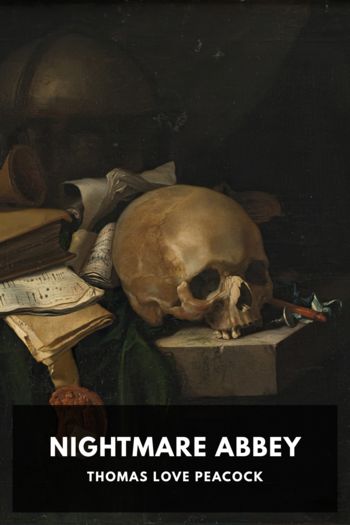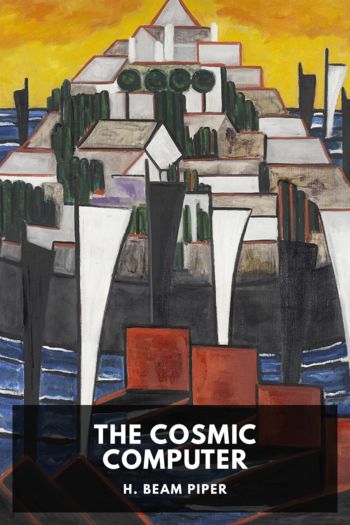Gluck, Diana Souhami [good novels to read in english txt] 📗

- Author: Diana Souhami
Book online «Gluck, Diana Souhami [good novels to read in english txt] 📗». Author Diana Souhami
Her sense of so many personal injustices now merged with the sense that her paints too had betrayed her and she began her grand campaign against the colourmen. She called it her battle, fought it with anger, obsession and a great deal of personal sacrifice, put into it pains, fears and spoiled hopes that truly belonged elsewhere and turned it into a crusade.
SEVENTEEN
THE PAINT WAR
What stopped me from painting was not the thought that my paintings were going to fall to pieces, but because I could not produce the effect I wanted with my materials. I could not say what I wanted, I was made to stutter and that is no good. It was as if, being known for your good calligraphy, you find yourself with only a crossed nib with which to write.1
It was not only poor quality materials that stopped Gluck painting for more than a decade. A conflation of troubles – the end of her romantic hopes following the break with Nesta, the Meteor’s tragic illness, the social upheaval of the war, the decline of interest in realistic painting in the postwar years, the selling of her London home, her unhappiness at Steyning – all made her turn against the materials which were her means of self-expression. The creative block she suffered for a decade, from the mid-fifties on, had as much to do with loss of confidence and direction as with the quality of paint.
None the less her sense of being thwarted by her paints and canvases dated back to 1937 with ‘Lords and Ladies’, a picture of lilies. She wrote then of her problems to Nesta (January 1937):
I feel very sad about this canvas – To have waited so long to paint this picture, two years at least, and then have this … apart from horrible graining in the canvas, the paint sinks in and becomes what is known as ‘dead’… and any subtle differences just get lost in a dim blur – it means many repaintings to try and get rid of it …
And in 1939, when staying at Chillington Hall to paint Diana Giffard’s portrait, she wrote to the Meteor in some despair (11 December 1939):
I cannot tell you what a frightful time I have had struggling with this abominable canvas, it has all taken at least four times as long, and I have poured good work into it and it seems all in vain. That’s one of the things I have got to settle when I get to London as I can’t go on like this any longer.
By the 1950s she was criticizing the consistency of oil paints too. She found they showed a ‘greasy turbidity’, which she called the ‘suede effect’ whereby according to the direction of brush strokes she got a change of tone and colour. She maintained this was caused by mixing machine-ground, rather than hand-ground paint pigments with hot-pressed linseed oil – where the linseed is heated prior to crushing to extract a greater yield of oil from it. And she found certain colours were still tacky on the canvas weeks or even months after being applied. ‘My paints now disgust me,’ she wrote, ‘they are soapy to use, and when to prove this I squeezed them out on my palette for an eminent paint chemist’s opinion, he shuddered and said ‘They look slimy – like slugs.’2 After battling on and off for two years to produce her indifferent portrait of Sir Reginald CroomJohnson, in 1953 she downed her brushes and for more than a decade fought to ensure that the quality of paints and canvases be improved.
In her fight for better artists’ materials, Gluck saw herself as following in the shoes of Holman Hunt and George Frederic Watts who had, in the midnineteenth century, made public similar concerns. She thought it wrong that guaranteed materials were nowhere to be found at any price. The old masters had had apprentices to grind their paints and prepare their canvases. ‘As it is impossible to put the clock back and reproduce what Giotto did, would it not be as well to see that the serious student and artist could obtain guaranteed materials if he is honest enough to want them?’3 She saw ominous ramifications in terms of short life-span for modern paintings without such guarantees.
Gluck wanted five assurances from the Board of Trade and the colourmen:
1. That the ingredients of guaranteed paints should conform to a standard, clearly labelled specification.
2. That paints should bear the date of manufacture and shelf life.
3. That guaranteed matured canvas should be made available with some mark to distinguish it.
4. That a standard reliable priming for canvases should be specified and adhered to.
5. That the government should provide facilities for the colourmen to import best quality raw materials for the manufacture of artists’ materials.
From 1913 to 1936 she had used James Newman’s tubes of hand-ground oil paints which she maintained were completely reliable and free from the ‘suede effect’. After the demise of Newman’s firm she had trouble from the paints of the four leading artists’ colourmen: Winsor & Newton, Robersons, Rowney, and Reeves. These firms had joined together as the British Artists’ Colour Manufacturers’ Association.
She intended to write a book on the turbulent history of artists’ relationship to the colourmen. It was to be called Pandora’s Paintbox: Paints, Portents and Posterity. She went deep into the history of artists’ materials, from the time, up to the late-seventeeth century, when artists supervised the grinding of their own colours in their workshops, through to the development of commercial suppliers. She believed that the main troubles stemmed from the nineteenth century when diverse colourmen sold their wares, and names of paints did not mean the same thing from one colourman to another. ‘The quality and quantity of pigment in powder, cake or tube, was as





Comments (0)